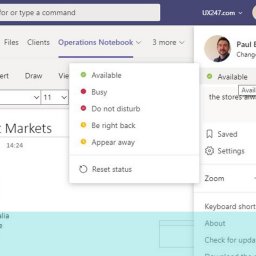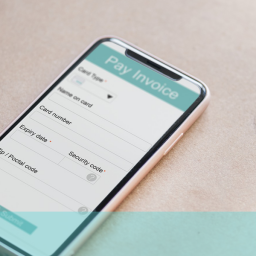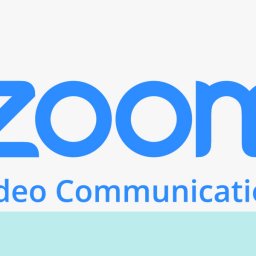
Web Usability – it’s like oxygen. you notice when it’s missing
Web usability should be a well-known term but there are still plenty of people coming into contact with it for the first time – even some who work in Digital. You might think this is cause for concern but I disagree. To me this is good news as it will help to socialise the discipline into digital society and perhaps allow it to join the general conversation.
We have all been to parties where all the cool people are chatting and laughing and over by the buffet or the bar is the geeky friend. They were invited because someone who knows someone from the cool group kinda likes them and thought it would be nice to have them come along. Well that geeky friend is web usability and the cool people are the designers, developers and social media marketers.
Web usability – What is it?
Web Usability is the attribute of the website that makes it function correctly so that when a user attempts to use it they intuitively know what is required and when they interact it acts as they expected. In simple terms, it is the removal of friction, the lifting of barriers and the opening of doors. So naturally, web usability is most recognisable when it is absent – a little like oxygen.
Few websites display total web usability and the vast majority are flawed in some way that may not even be known yet. Web usability is not just about big things it is also about fine tuning and making a journey or experience that little bit quicker, more satisfying or valuable. In fact, usability is defined by ISO as “the extent to which a product can be used by specified users to achieve specified goals with effectiveness, efficiency, and satisfaction in a specified context of use”.
Web usability – Why we need it?
When we conduct usability testing and reviews we provide the analysis and recommendations using a traffic light system to identify major, moderate and minor issues. This system represents a useful metaphor for why we need web usability. In reality, rather like with oxygen, we rarely confront a situation where there isn’t any usability at all so considering the degrees to which it exists or doesn’t exist is of value particularly when considering the business impact.
Major issues are the areas everyone focusses on because they tend to cause catastrophic failure. If a purchase process lacks usability in an area that is critical to a user completing a purchase that tends to get plenty of attention. It is obvious we need usability here because without it the website cannot achieve its primary mission.
Even moderate issues can cause unnecessary stress to users or confuse them in unexpected ways that in some cases cause them to abandon their journey. Good examples include making sure icons are recognised for what they are meant to convey, form fields allow for data entry in an intuitive way and user journeys don’t have dead ends. Nothing is more convincing of the need for web usability than seeing a user in a lab usability test hovering over an icon that would solve the problem they are experiencing and knowing that they don’t know what it means and won’t click it.
But for me web usability is about the minor issues. I liken this to a long tail because individually the issues seem trivial and not worth worrying about but collectively they can result in lost conversions, loyalty or customers. Even here web usability is required because the more friction we put in the way of their goal the more aware they become of missing usability. The last thing we want is for users to start to realise that the air is getting thin.
For more information about how to improve the usability of your website or if you just want to learn about web usability get in touch and we would be happy to help.

















